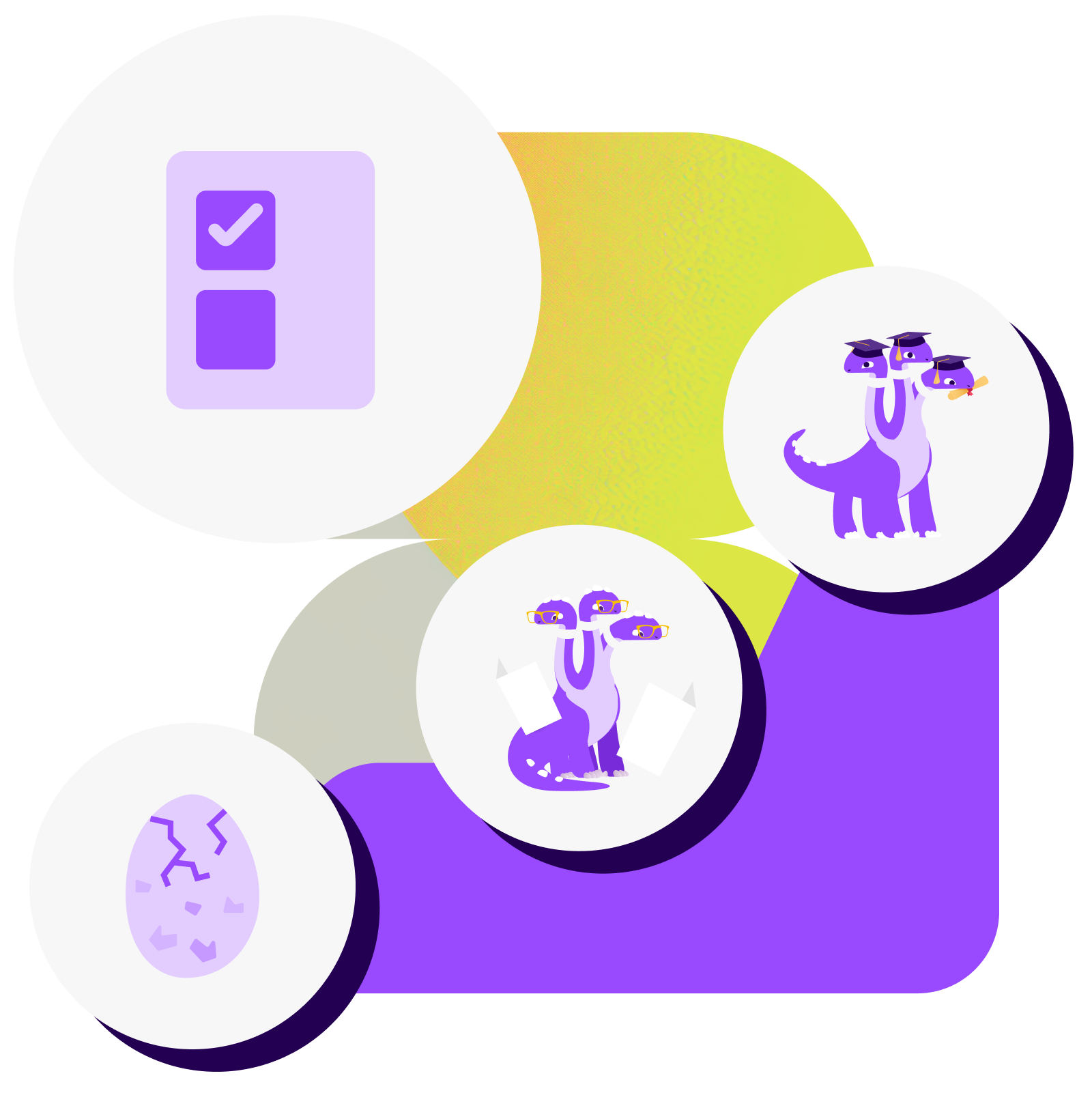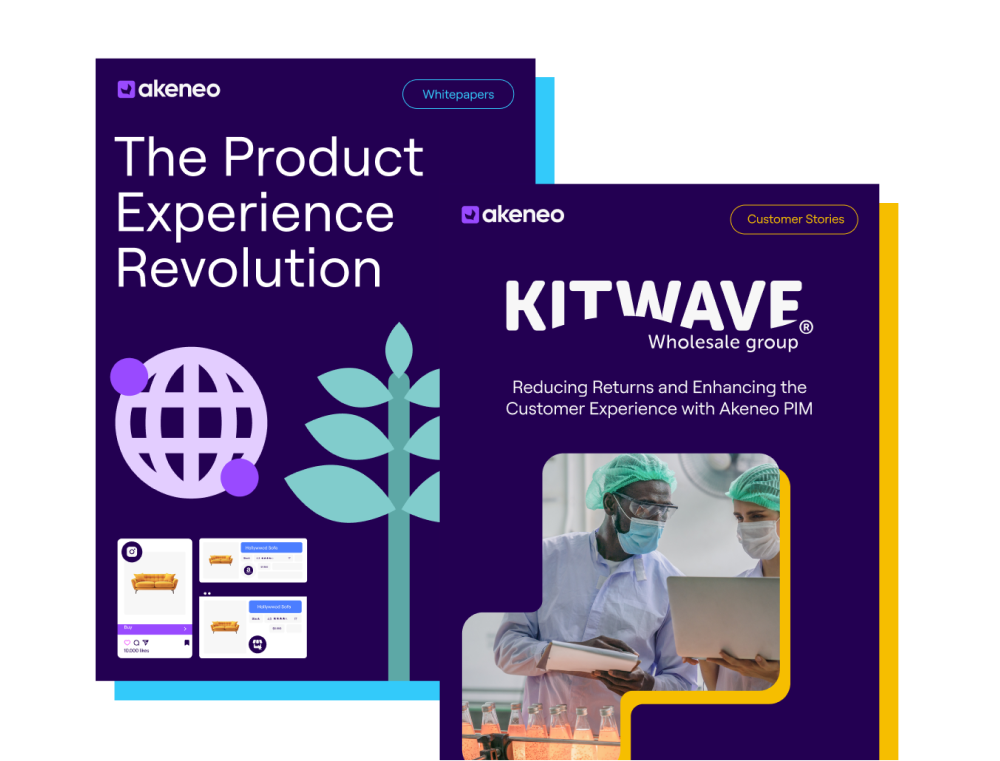According to recently released research, 86 percent of buyers say they are willing to pay more for great customer experiences. In order to provide shoppers with these enhanced experiences, however, companies must make sure their product experiences are up to par. That means using a Product Information Management solution to serve as the foundation needed to control product information and a cornerstone of eCommerce and omnichannel operations.
But there are plenty of PIM solutions on the market, and just like snowflakes, no two are exactly alike. Each platform has its own strengths, weaknesses and unique capabilities, making it crucial that you find a solution that can meet both your current and future needs.
With that in mind, here are six of the most important features we think you should consider when selecting a PIM solution:
1. Integrate and Connect with Everything
Perhaps the most critical factor when selecting a PIM is the solution’s ability to integrate with your current technical stack, as well as information resources you plan to implement down the road. If you can’t easily connect your PIM to your internal ERP system data, supplier’s product data, online storefronts, mobile apps, POS systems, print catalogs, or other systems, you’re missing out on some of the primary benefits of implementing a PIM solution in the first place. The best PIM software for your organization will include connectors that facilitate interoperability among your systems and streamline operations.
What’s more, just like current interoperability offerings, the size and strength of a PIM’s existing ecosystem is a huge factor in the long-term viability of the solution. PIM systems are not one-off projects — they are constantly growing and evolving to support more connected systems and technologies. Finding a PIM with a healthy and substantial community of integrators, technical partners, and developers will help support your evolving, long-term efforts.
Some changes are unplanned, so pick a solution with a long list of supported systems.
2. Be Easy to Use
PIM shouldn’t only play nicely with your technical stack, but with your team as well.
PIM is a system that you and your team, along with outside users, must adopt and use every day. Just like any other system within your organization, the best interfaces are those that are so intuitive they are nearly invisible, so look for a solution with an intuitive interface that doesn’t require your team to sit through hours of training.
On the flip side, the sheer amount of product data alone can be overwhelming to face. Therefore, the best PIM interfaces will provide a clear path to managing and enriching products and give a clear overview of the entire product catalog’s status.
If your team feels like they need a separate product management tool for data enhancement, then your PIM has failed you.
3. Automate Repetitive Tasks
Do the PIM platforms you are considering simply provide a different place to enrich data and fill in missing fields, rather than give you dedicated features to improve product data?
This is a table-stakes requirement. The best PIM software will also include features designed to automate and eliminate repetitive tasks and streamline processes. Find a solution that can do some of the work for you by performing bulk actions and tracking completeness before publishing and validating work. Automating manual, repetitive tasks frees up your team and lets them focus on value-add activities.
The best PIM software will optimize your product information management processes and unleash your team’s creativity.
4. Offer Customization
As we mentioned, your PIM needs to be both able to support your current processes and capable of changing to adapt to future processes including the structure of your catalog. The best solutions conform to the way you do things – not the other way around. This typically requires some customization in terms of importing, exporting, structuring and managing data as well as personalizing UIs — make sure your PIM offers these and other customization options before you make your investment.
A good PIM solution adapts to meet the needs and goals of your business and products — not the other way around.
5. Support cross-border commerce
If you do business in multiple countries and manage information in several languages, you don’t want to have to duplicate everything just to translate and localize it. The best PIM software will accelerate your go to market and help you manage product data requirements including different metrics and cultural norms for your different locales, without a bunch of tedious manual work.
A good PIM will help you localize product information to speak your customer’s language.
6. Have Flexible Deployment Options
Do you want to be able to run your PIM in your own data center, or via the cloud? Depending on your own internal IT strategy, you may want a solution that can support a variety of options to transition as your landscape evolves. Here are a few of the most common deployment types:
- On-premises: The organization is responsible for deploying and maintaining all the applications and data on their own servers, as well as completing all required system maintenance. This provides maximum flexibility and control but requires the most IT resources.
- Platform-as-a-Service (PaaS): The application and associated data are hosted by a third party. This means that the organization still maintains these things, but the third-party handles the underlying infrastructure. This allows organizations to have a high level of customization, but doesn’t require as many IT resources on their end.
- Software-as-a-Service (SaaS): Everything from the application to infrastructure is maintained by the application vendor. This is the “easiest” deployment option, but offers less flexibility and customization.
Choose a PIM solution that keeps your deployment options open.
The Best PIM Software Will Continue to Evolve and Support Your Business
Ultimately, PIM is a critical component of and between other systems, whether technical interoperability or human processes. Your business will not remain the same forever, so as your technical infrastructure and processes evolve, so must your PIM. Find a solution that you can adapt to your evolving business from the start to help prevent serious headaches in the future.
Interested in learning more about PIM? Download our complete eBook Product Information Management 101 for everything you need to know and for a guide on how to convince your key stakeholders that you need it.
 Akeneo Product Cloud
Akeneo Product Cloud
 PIM Manage & Enrich
PIM Manage & Enrich
 SDM - Onboard Suppliers
SDM - Onboard Suppliers
 Syndication - Activate Product Experiences
Syndication - Activate Product Experiences
 Shared Catalogs
Shared Catalogs
 Integrations
Integrations





